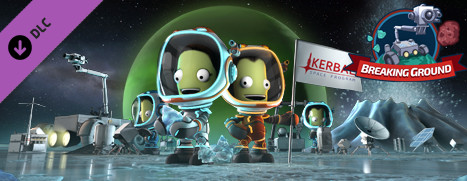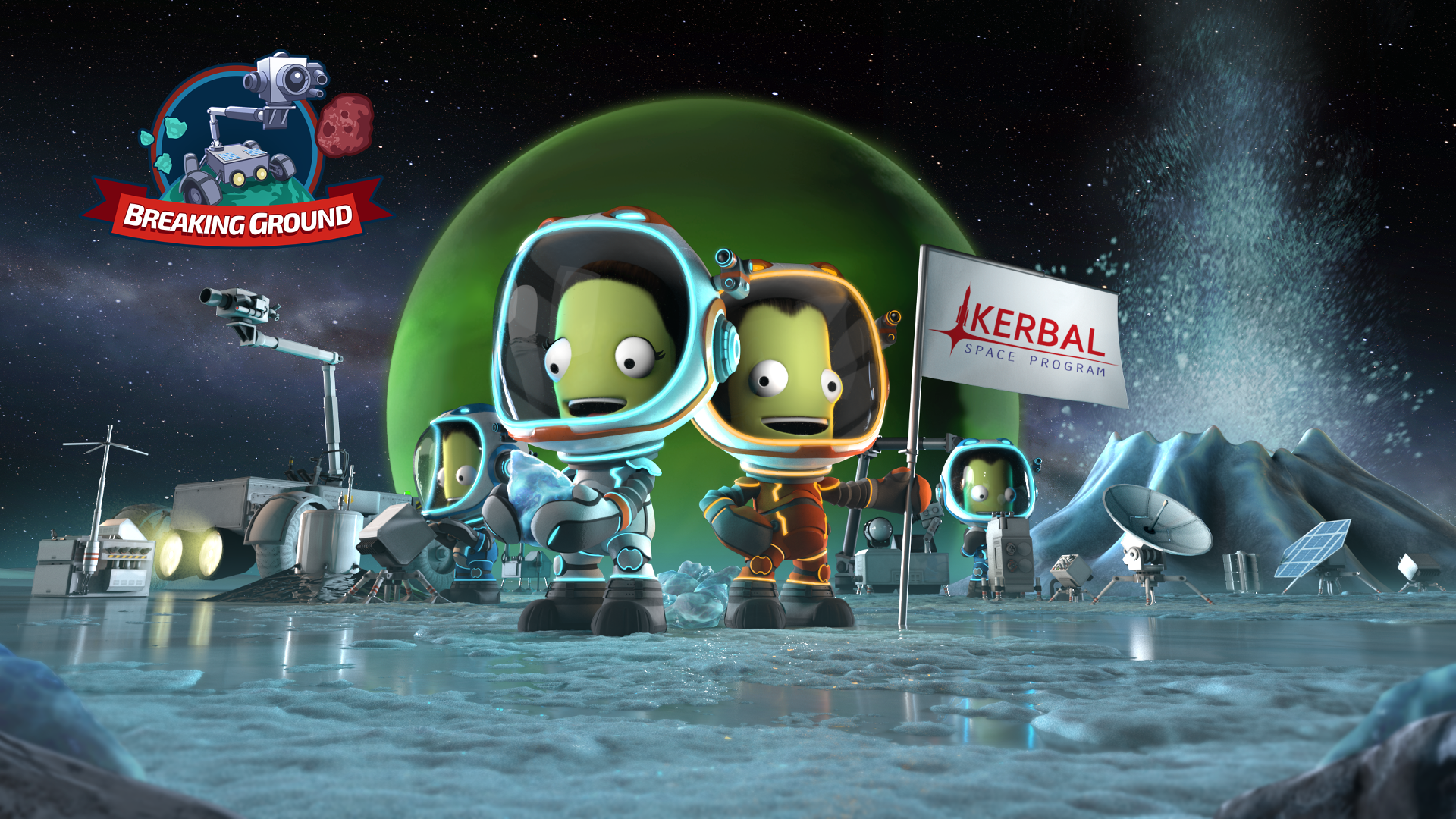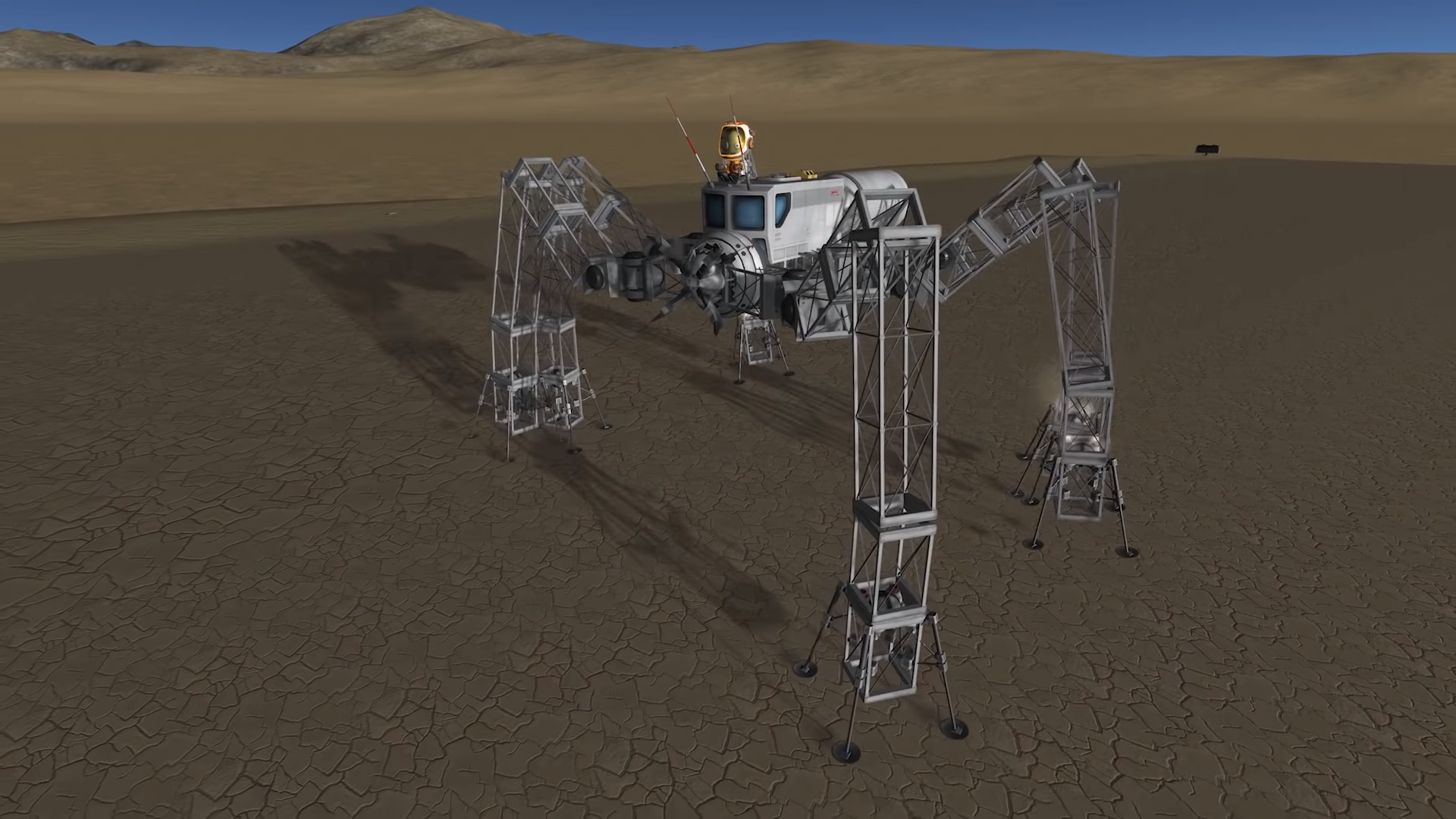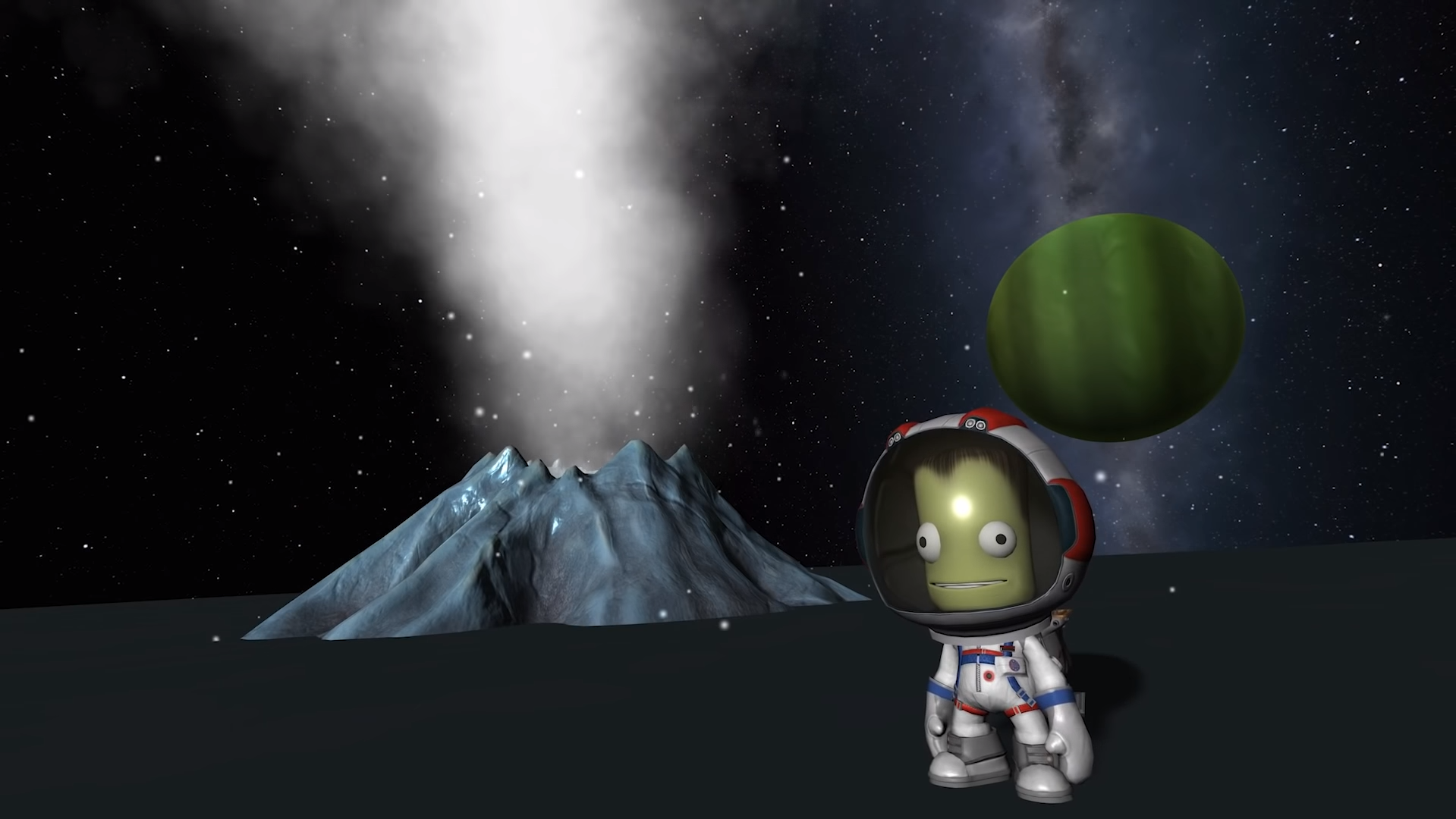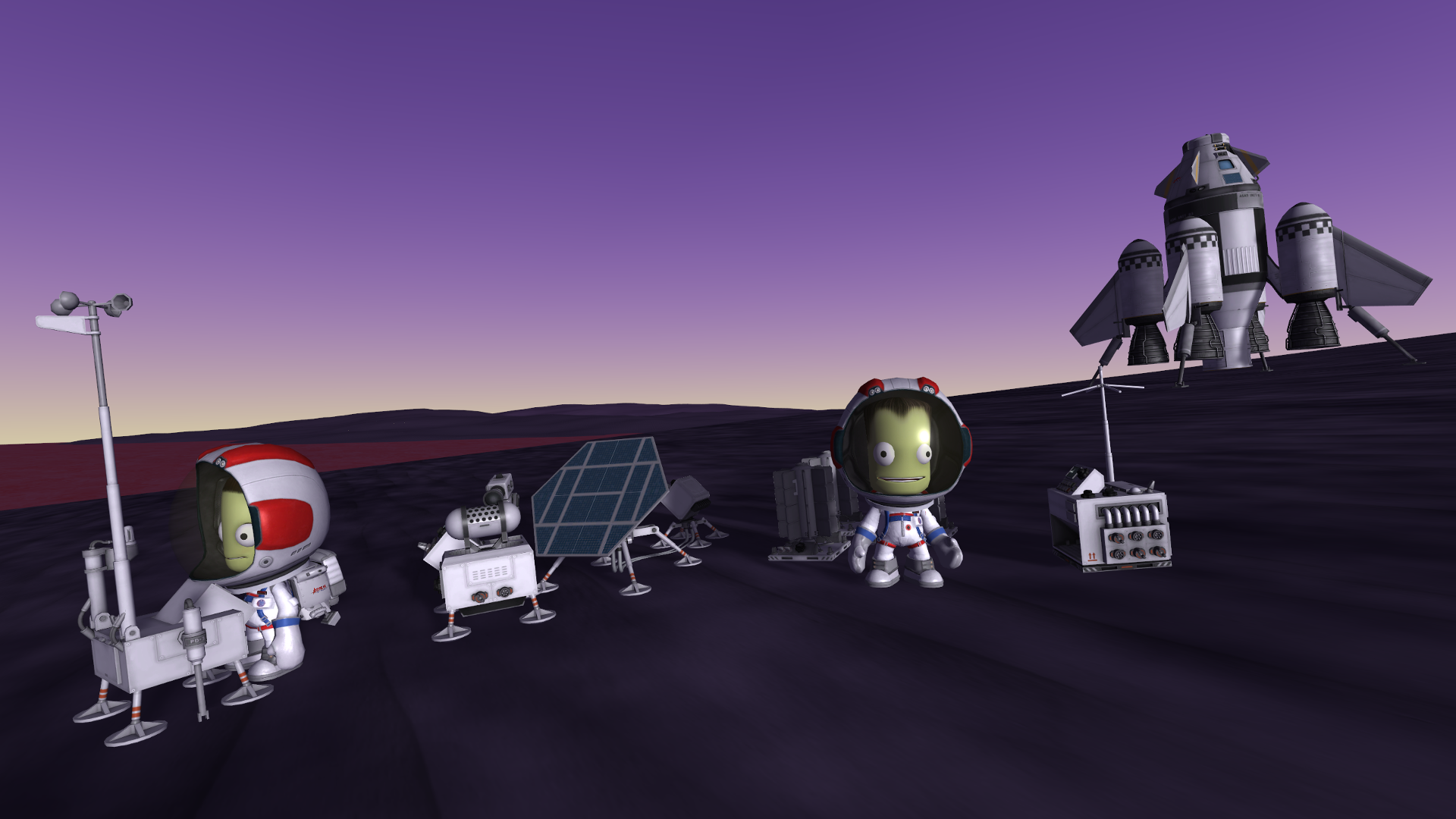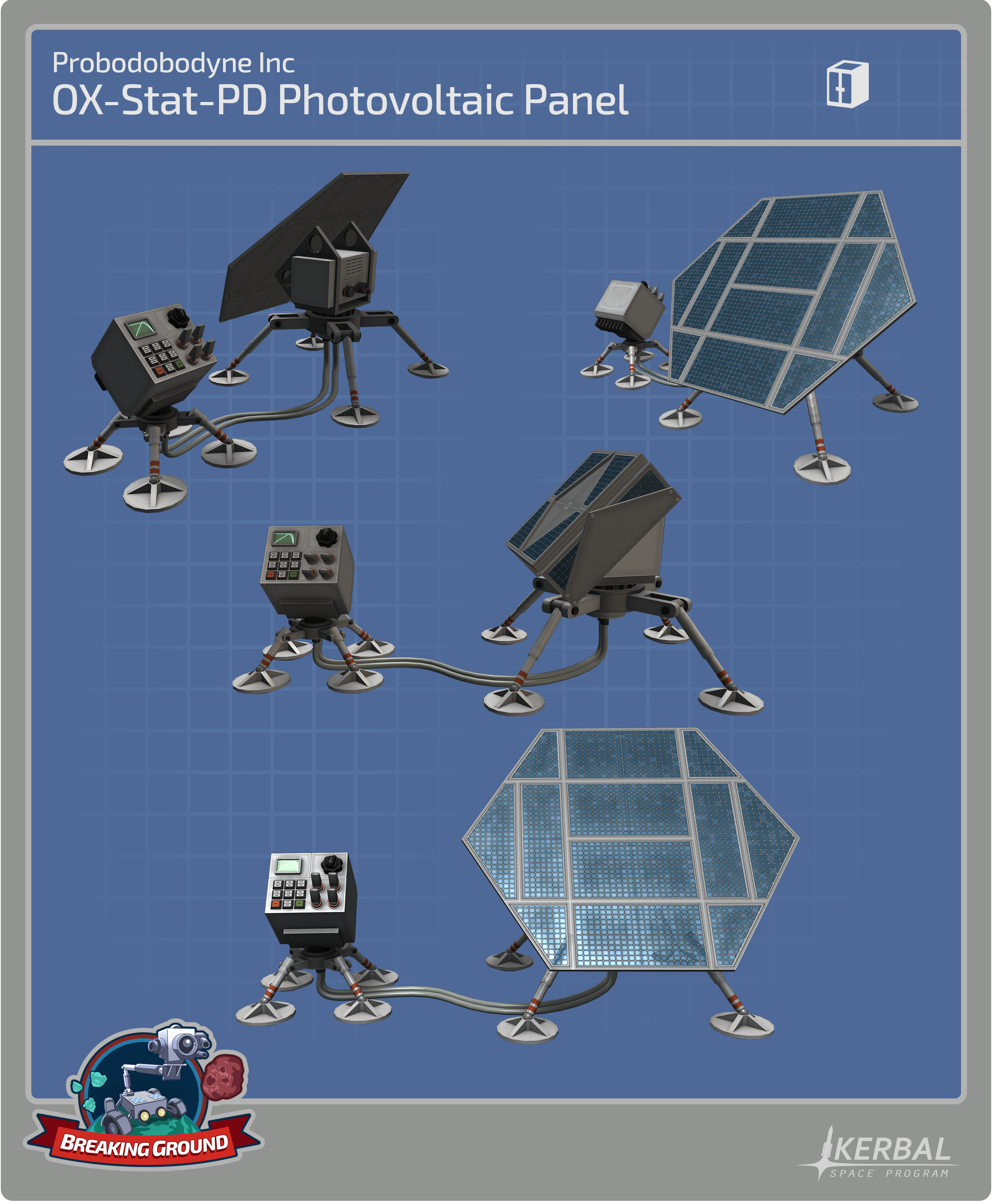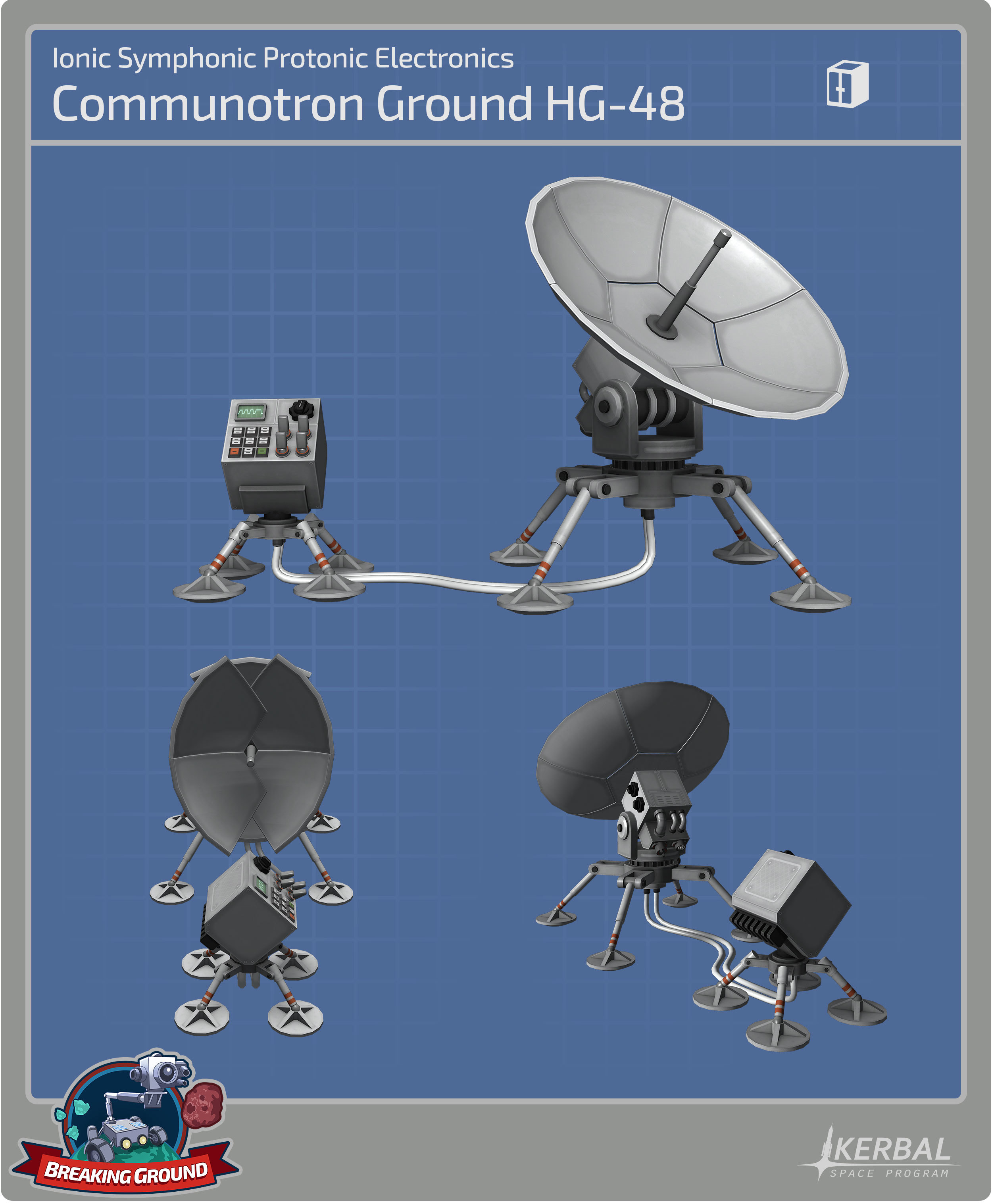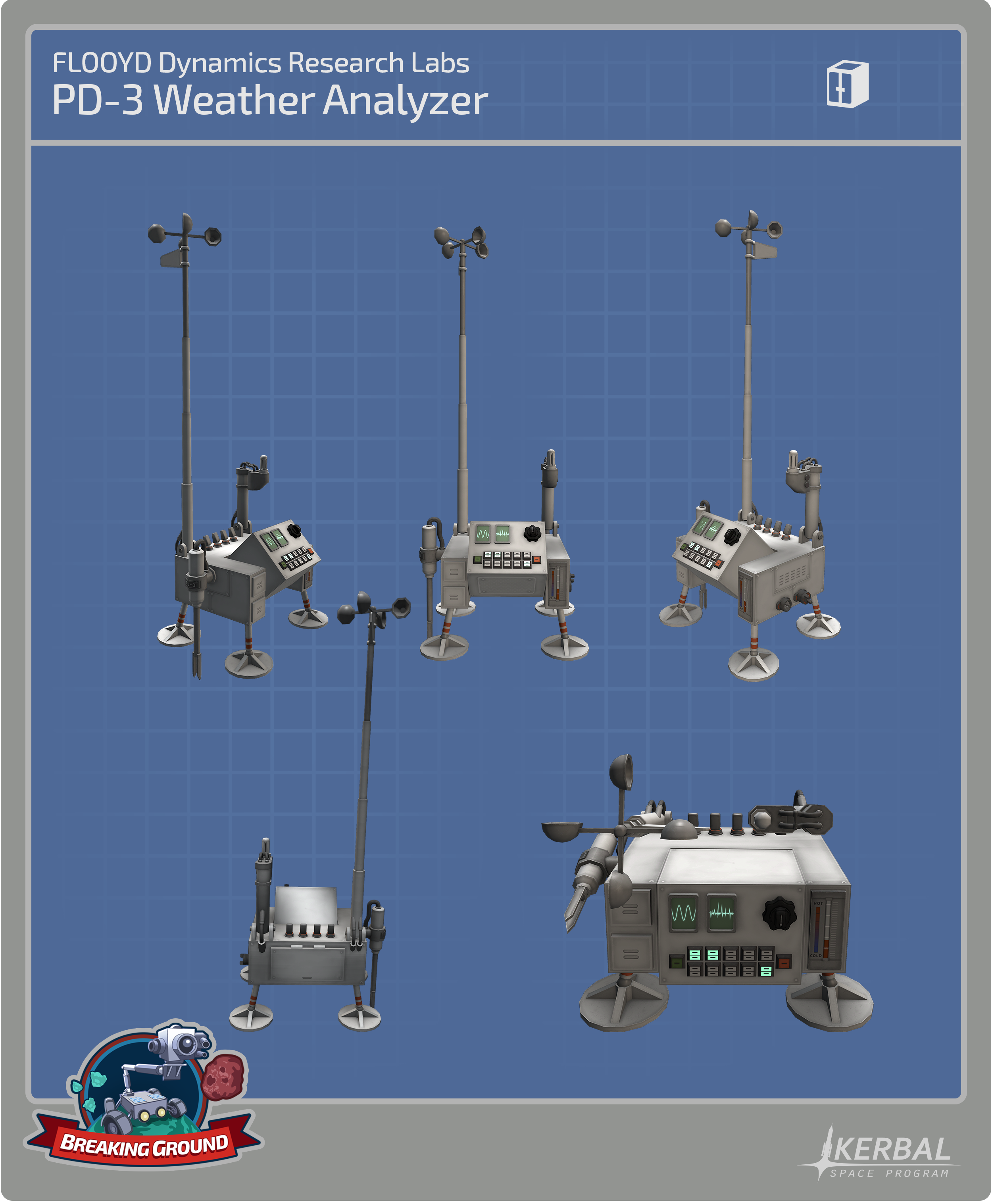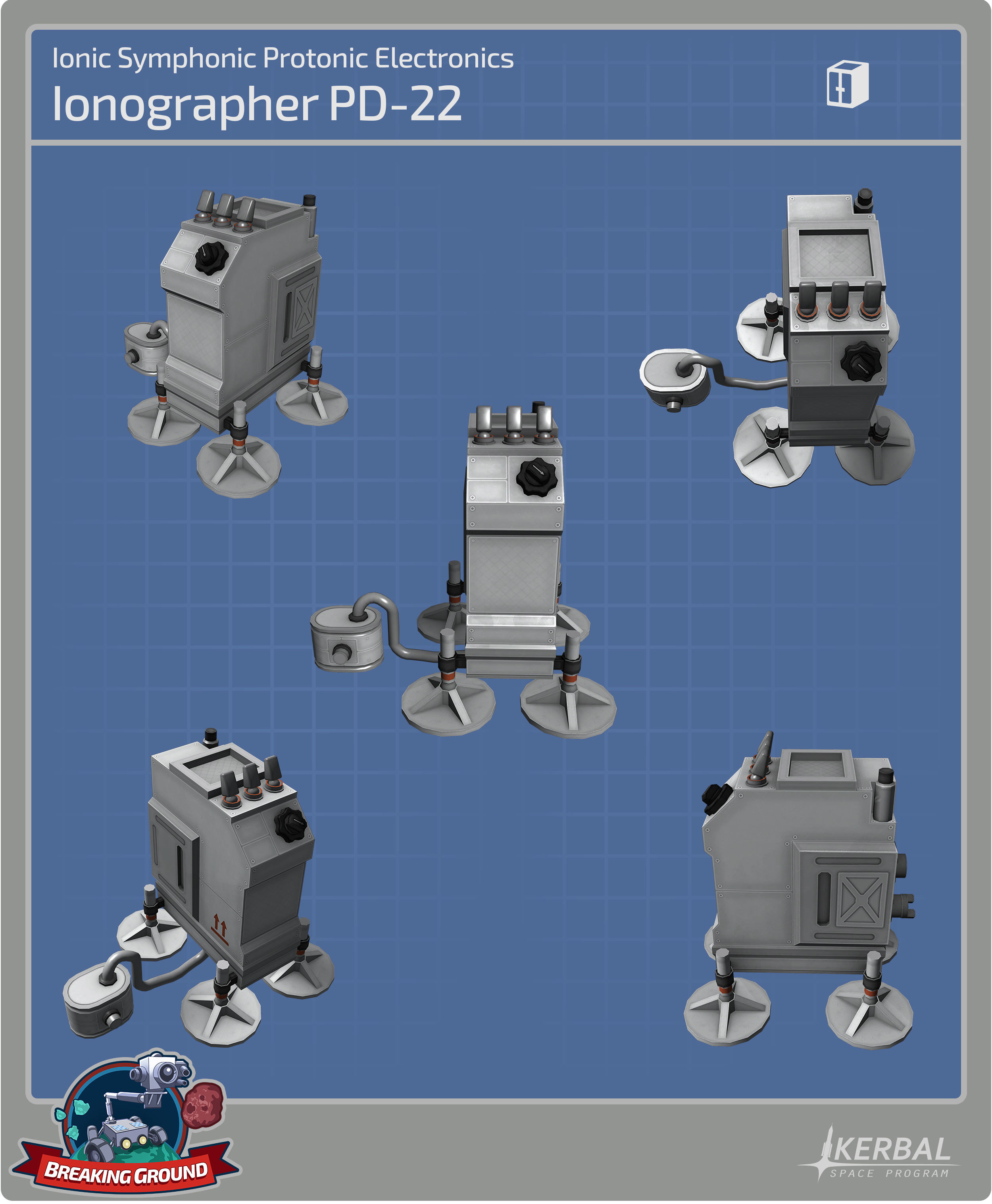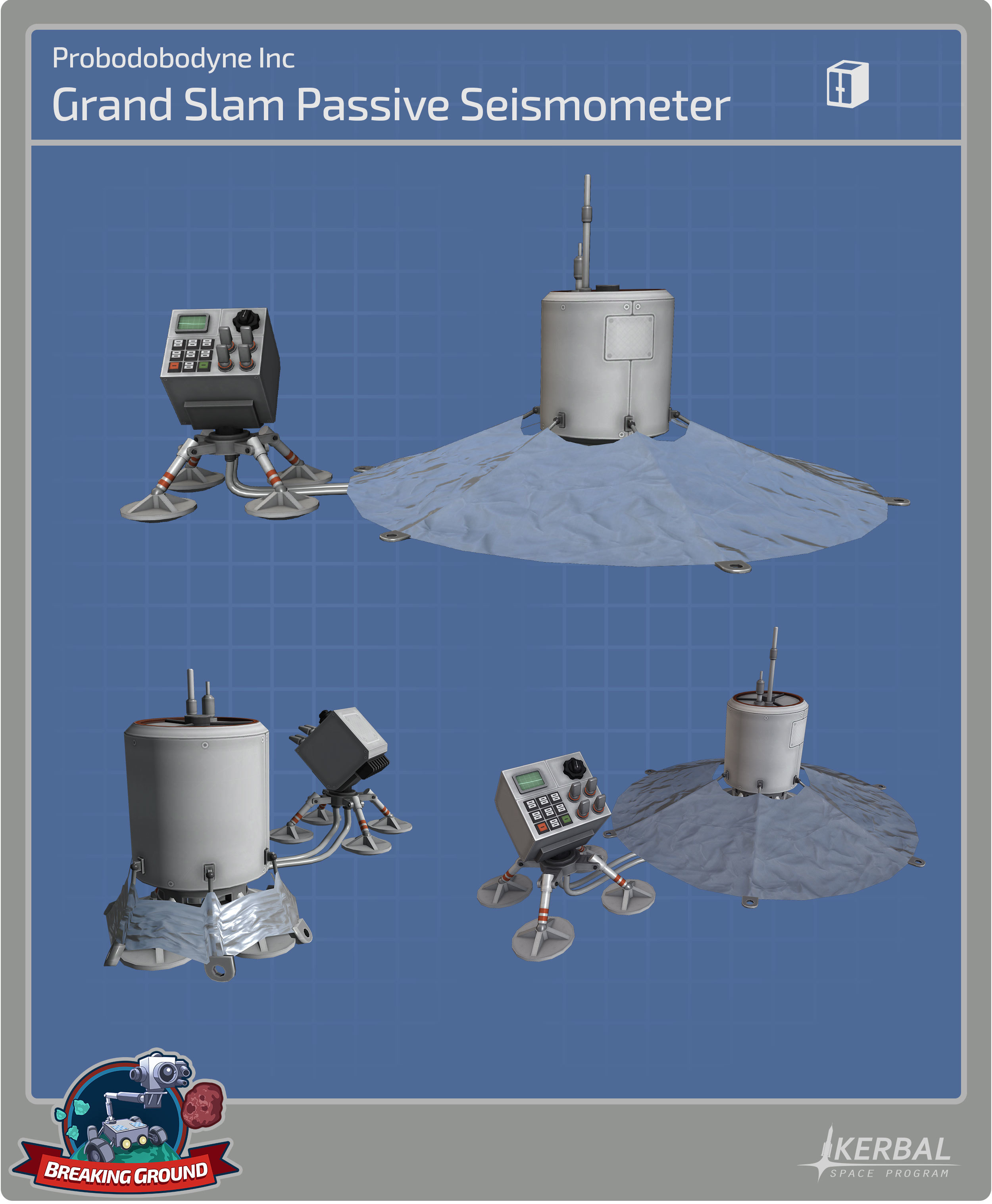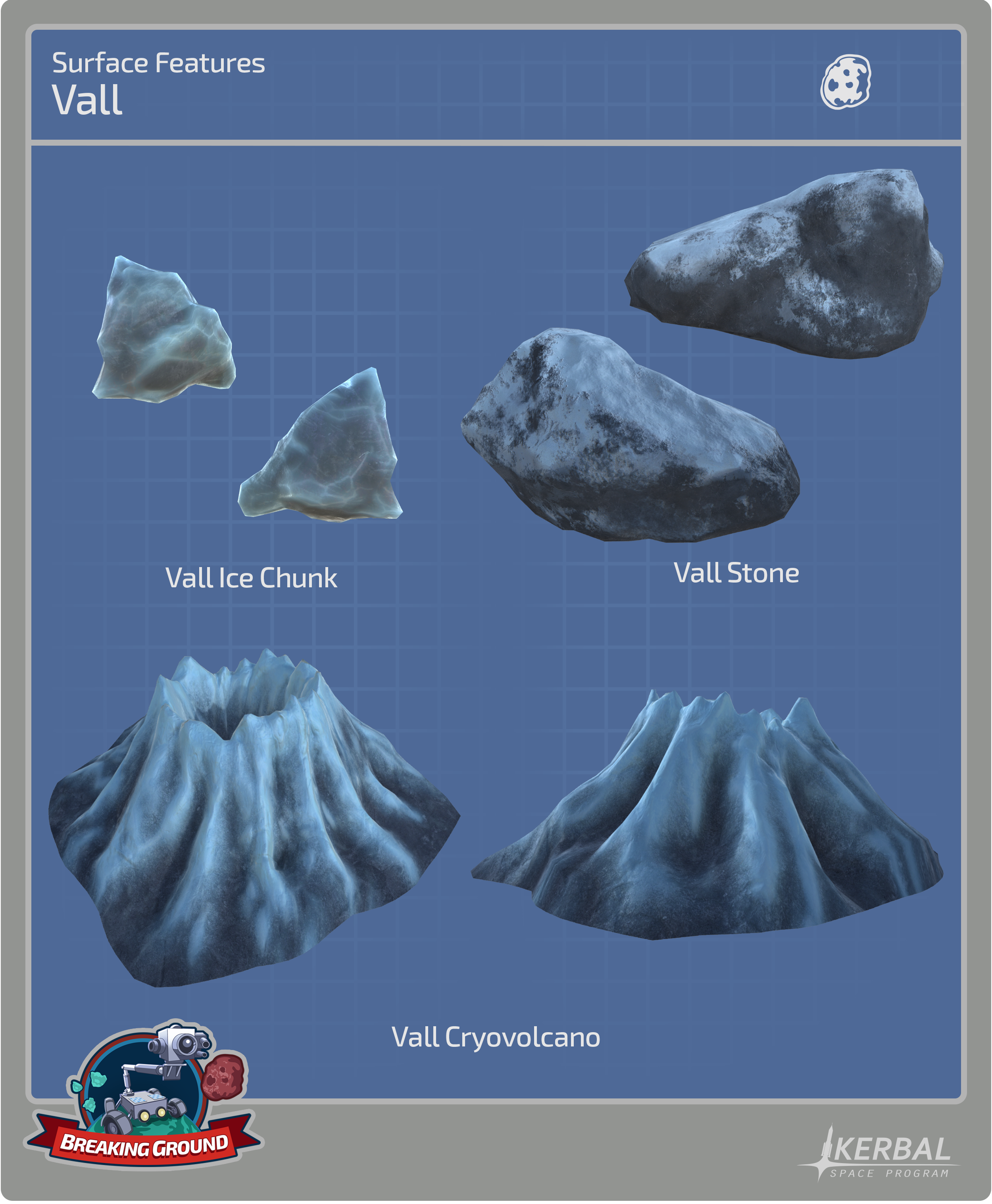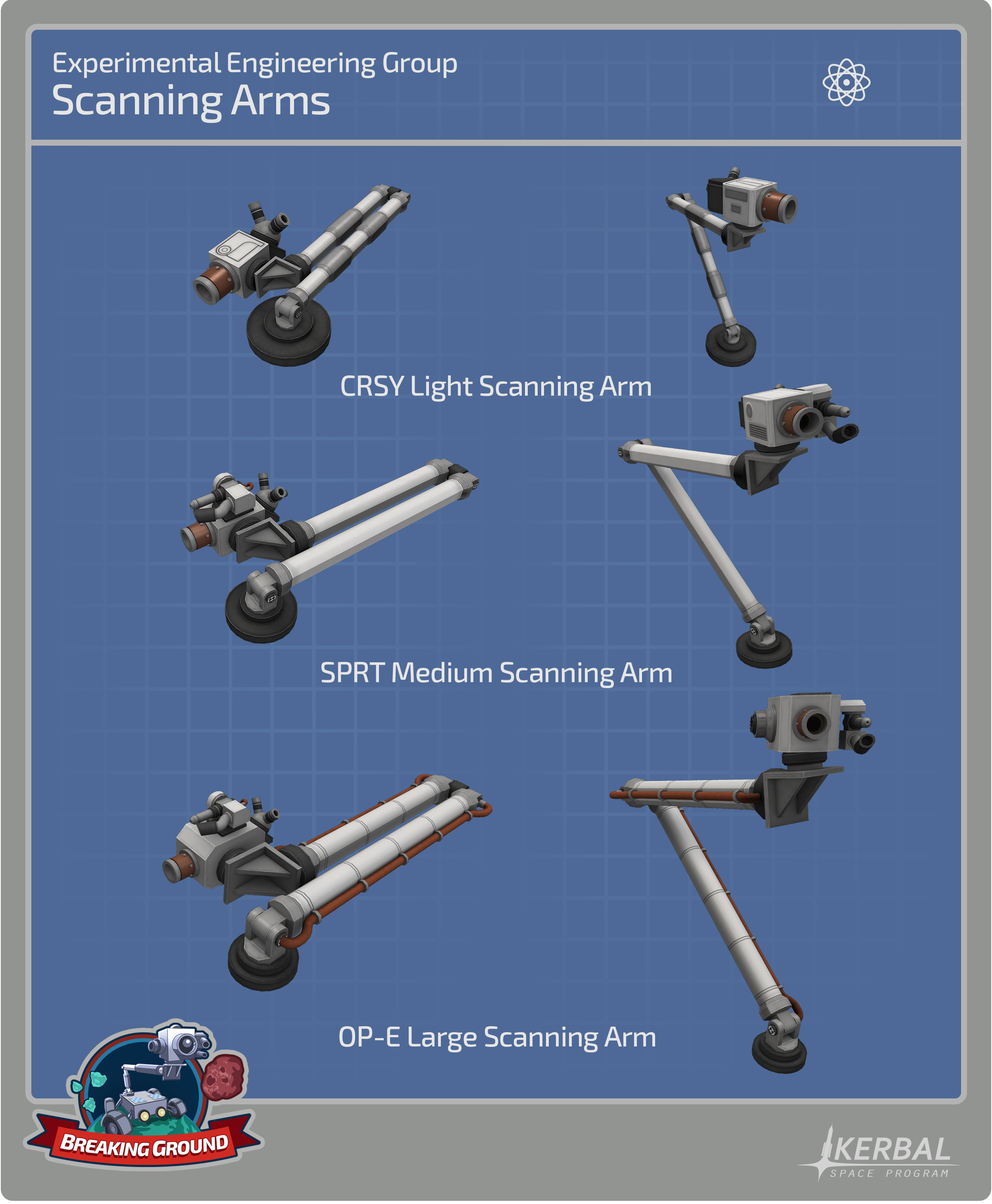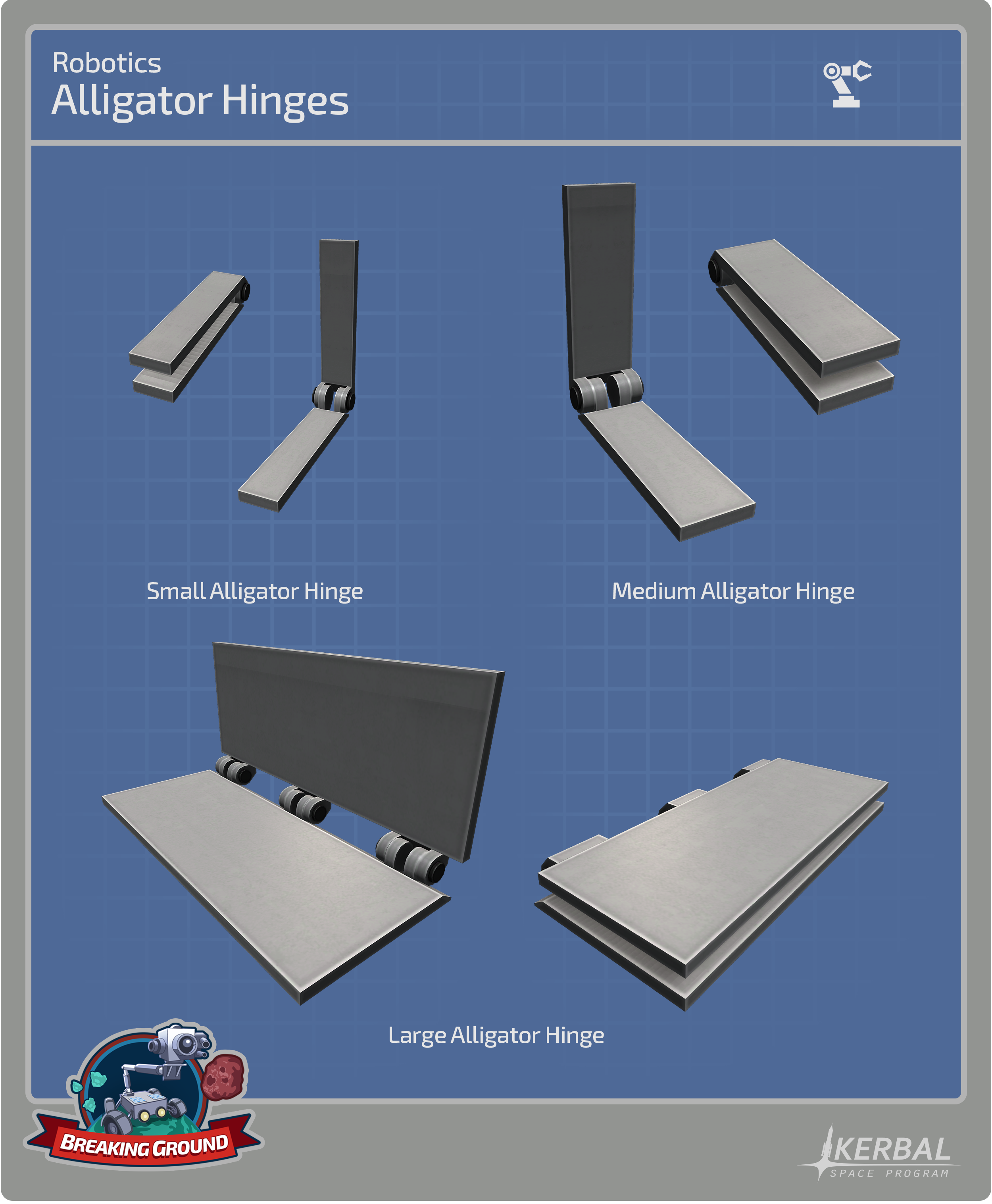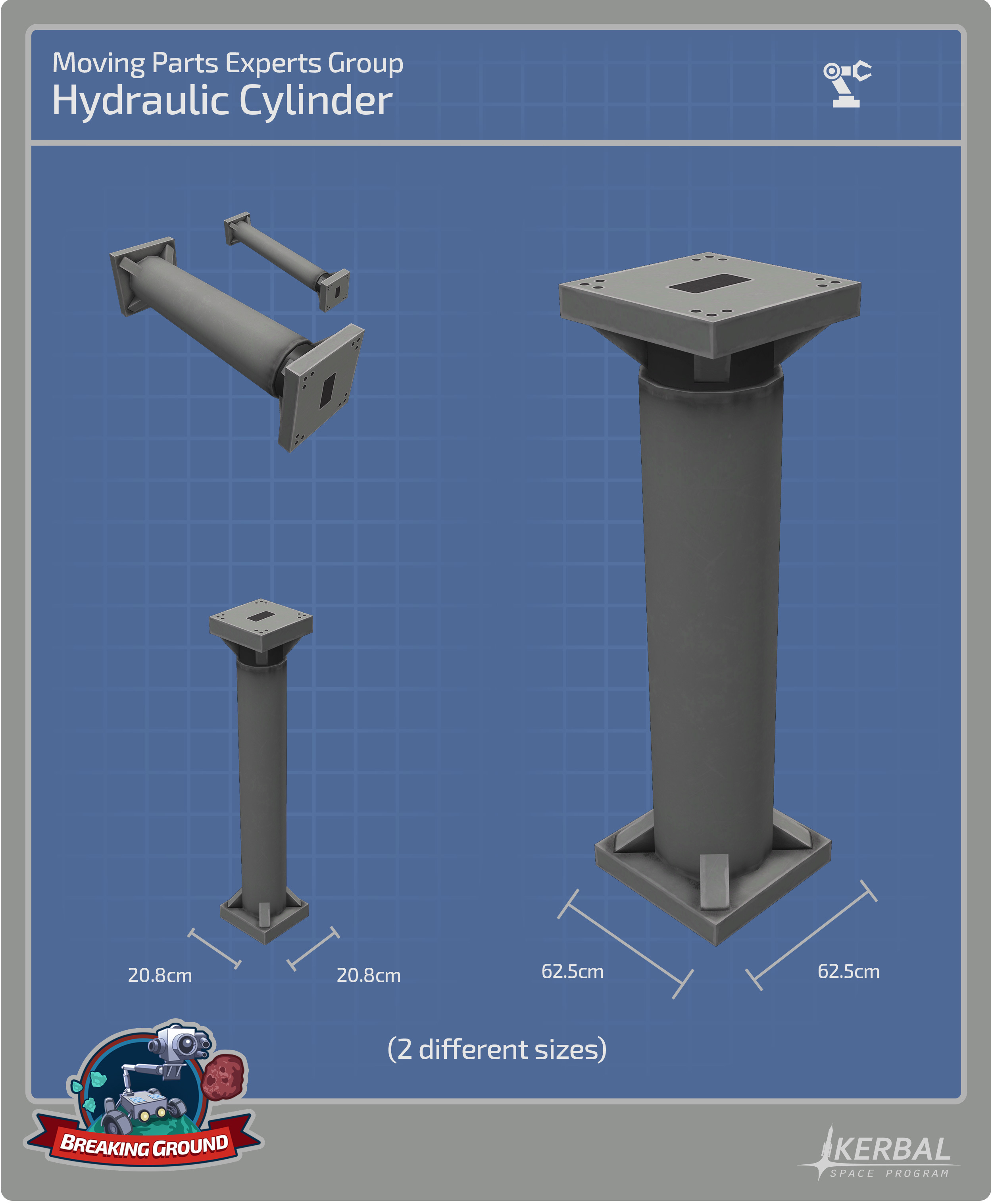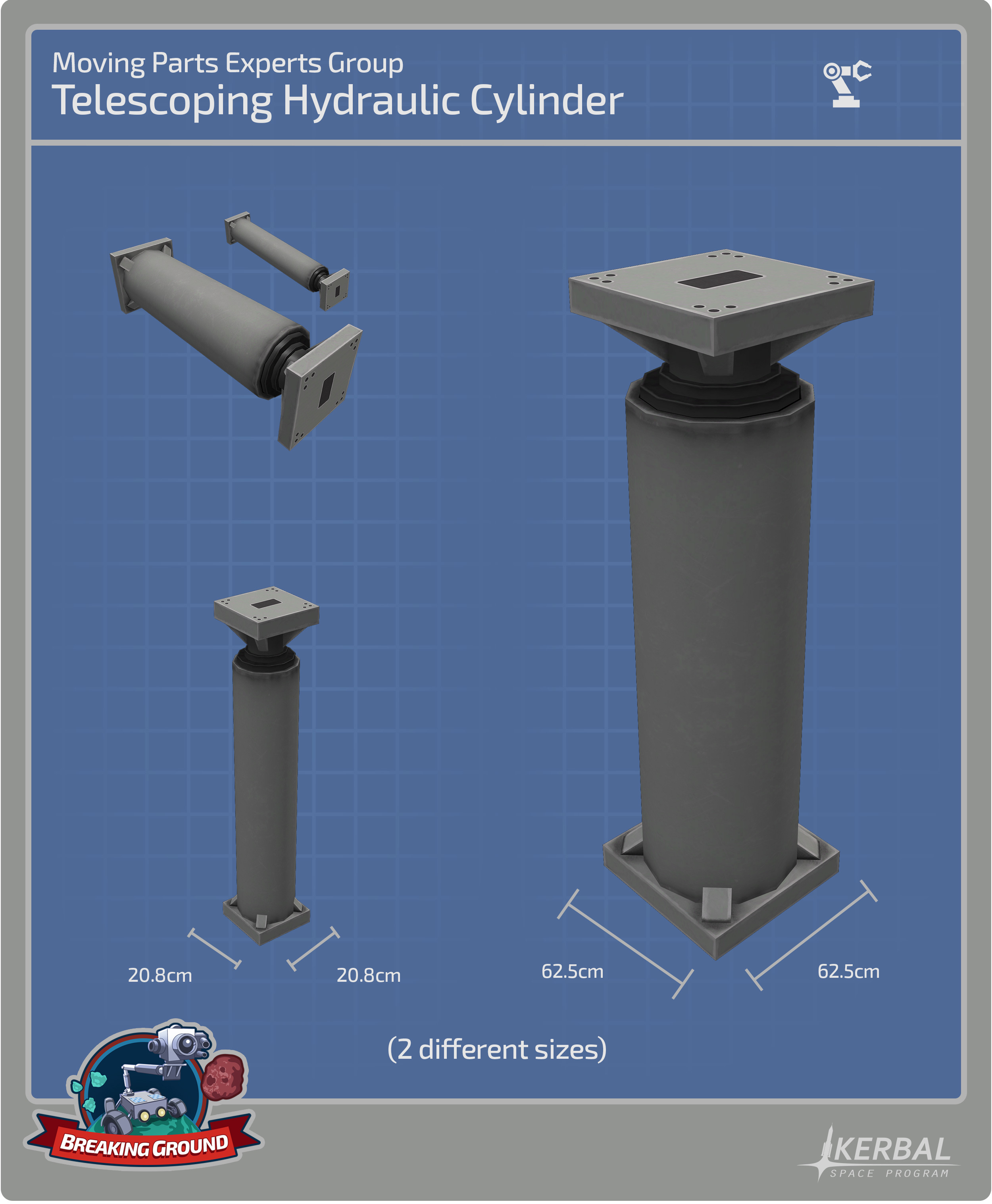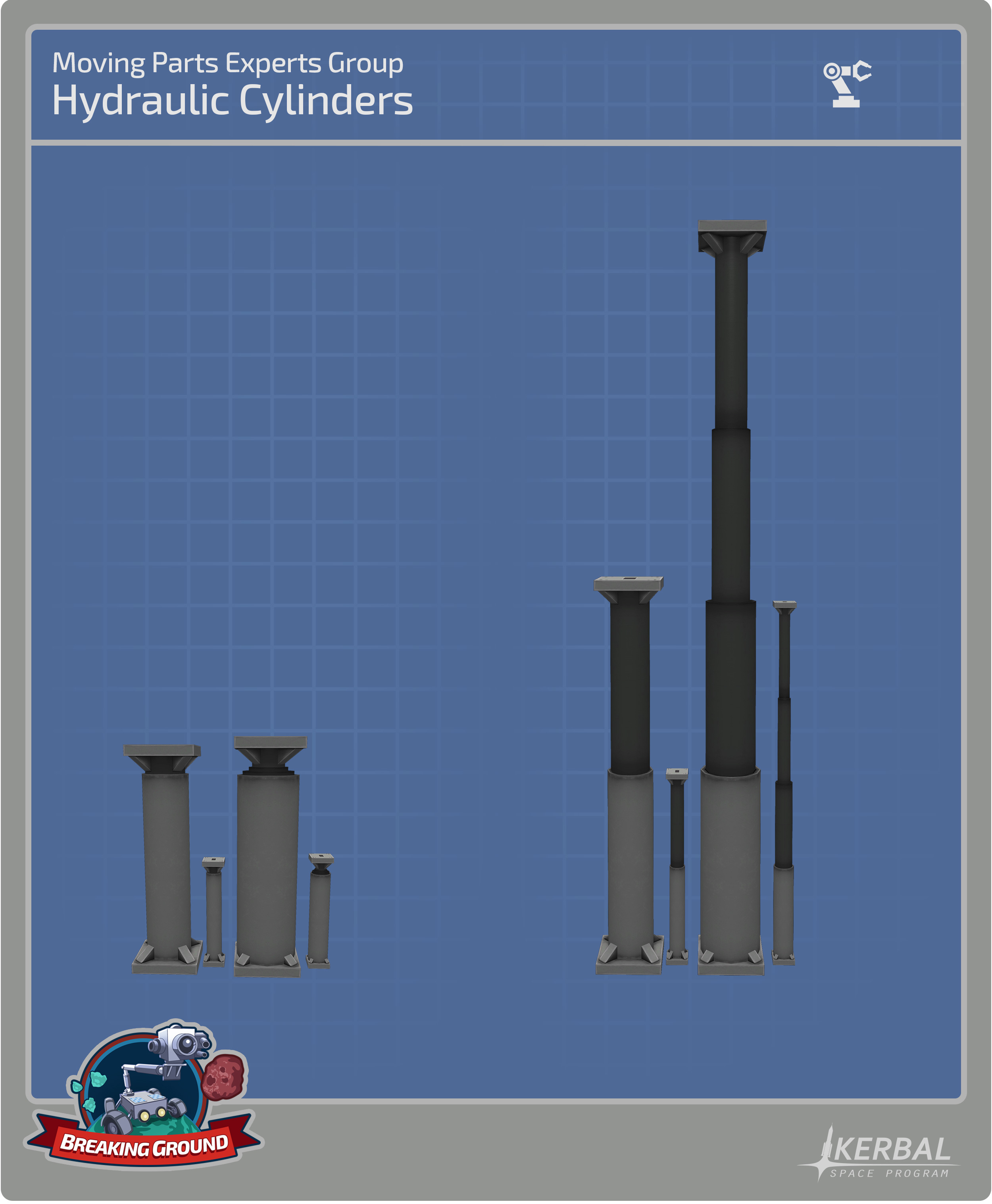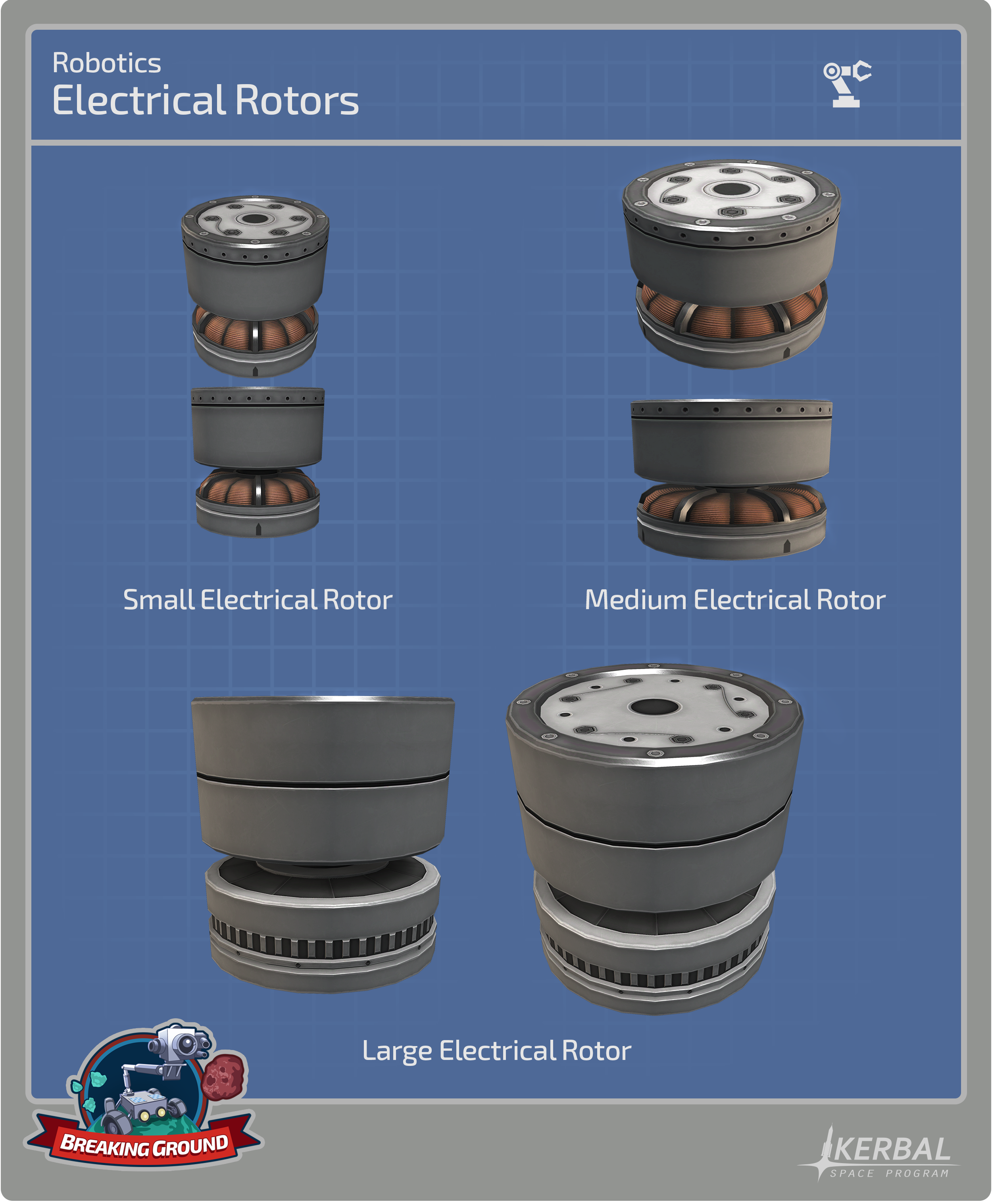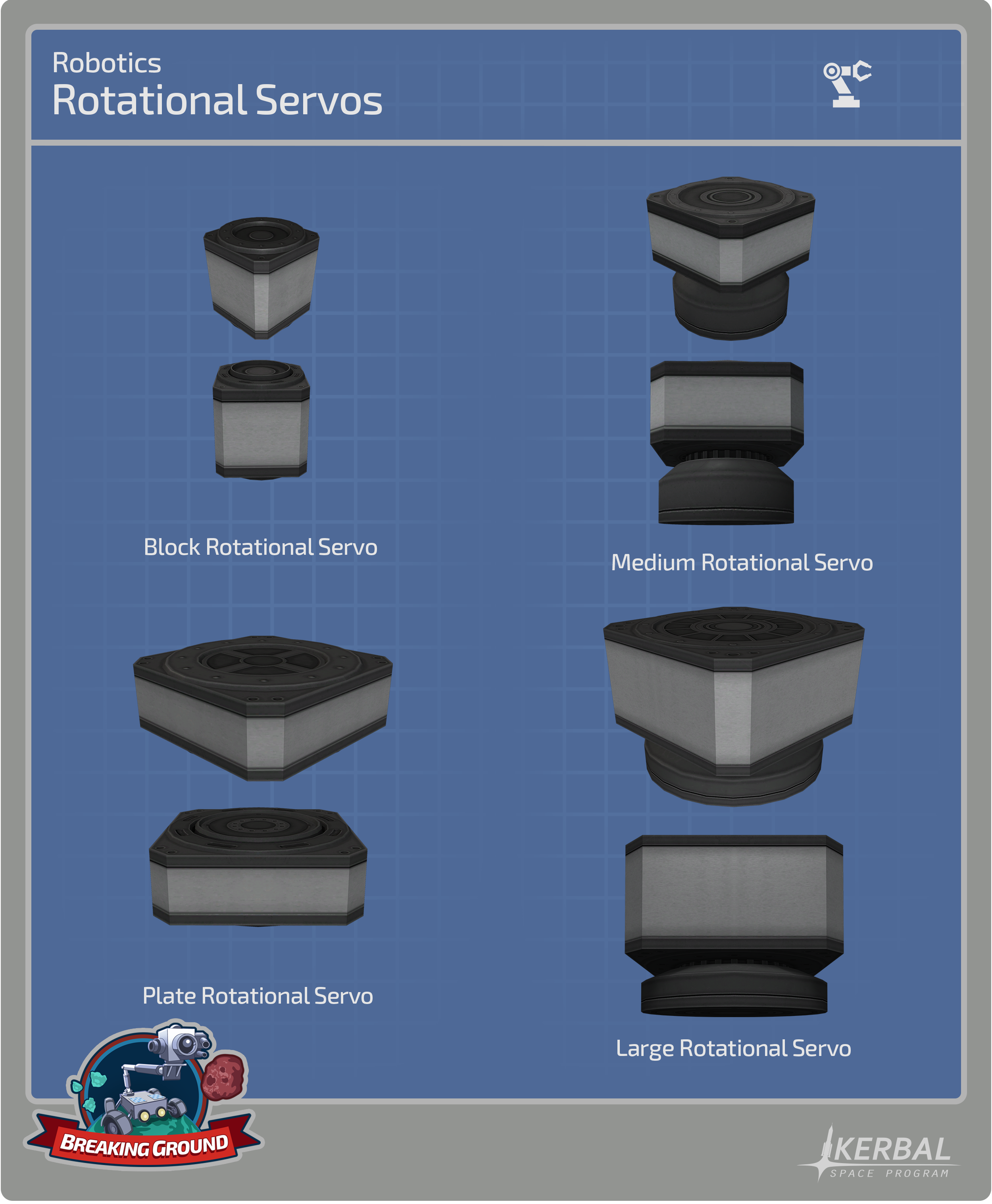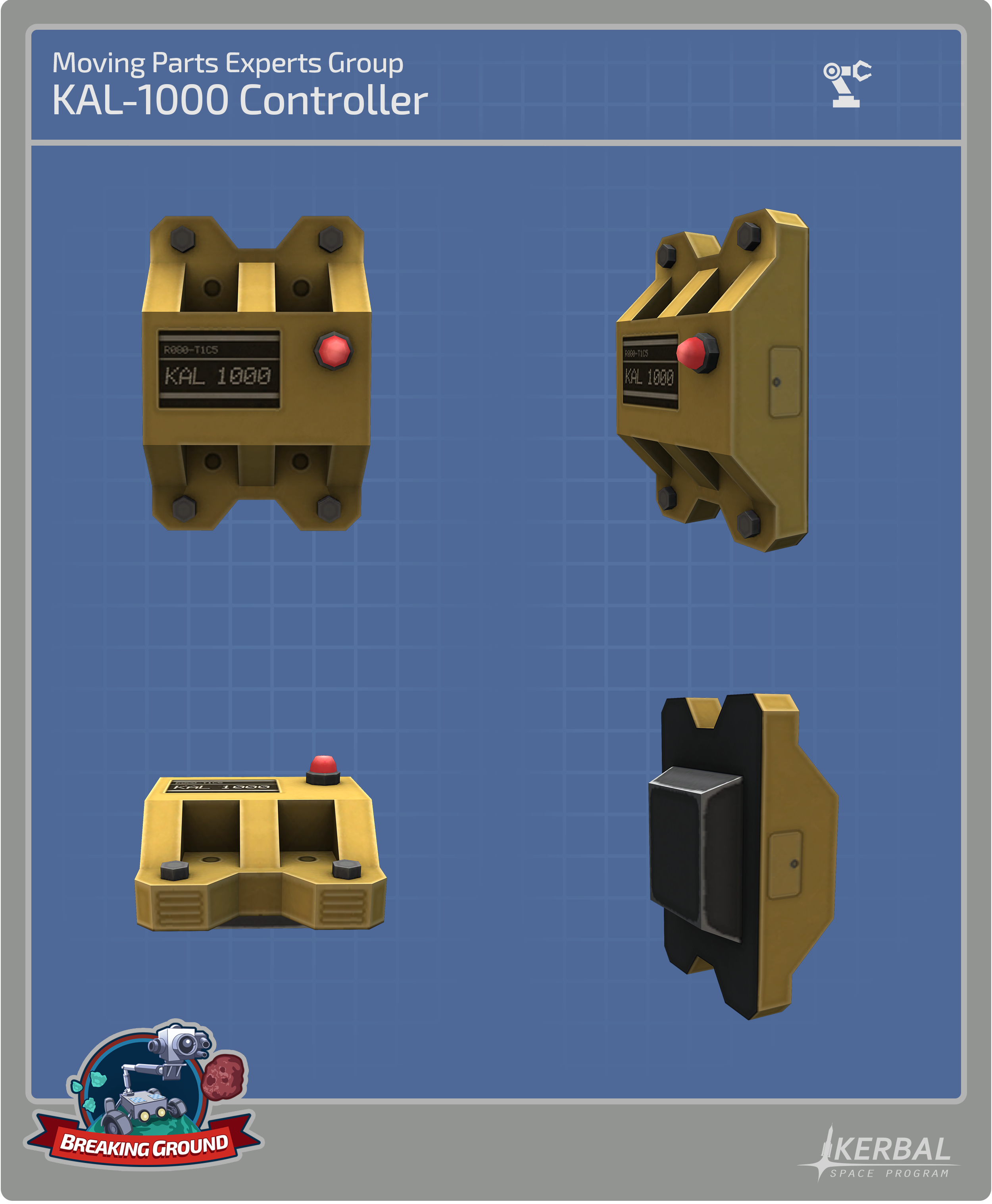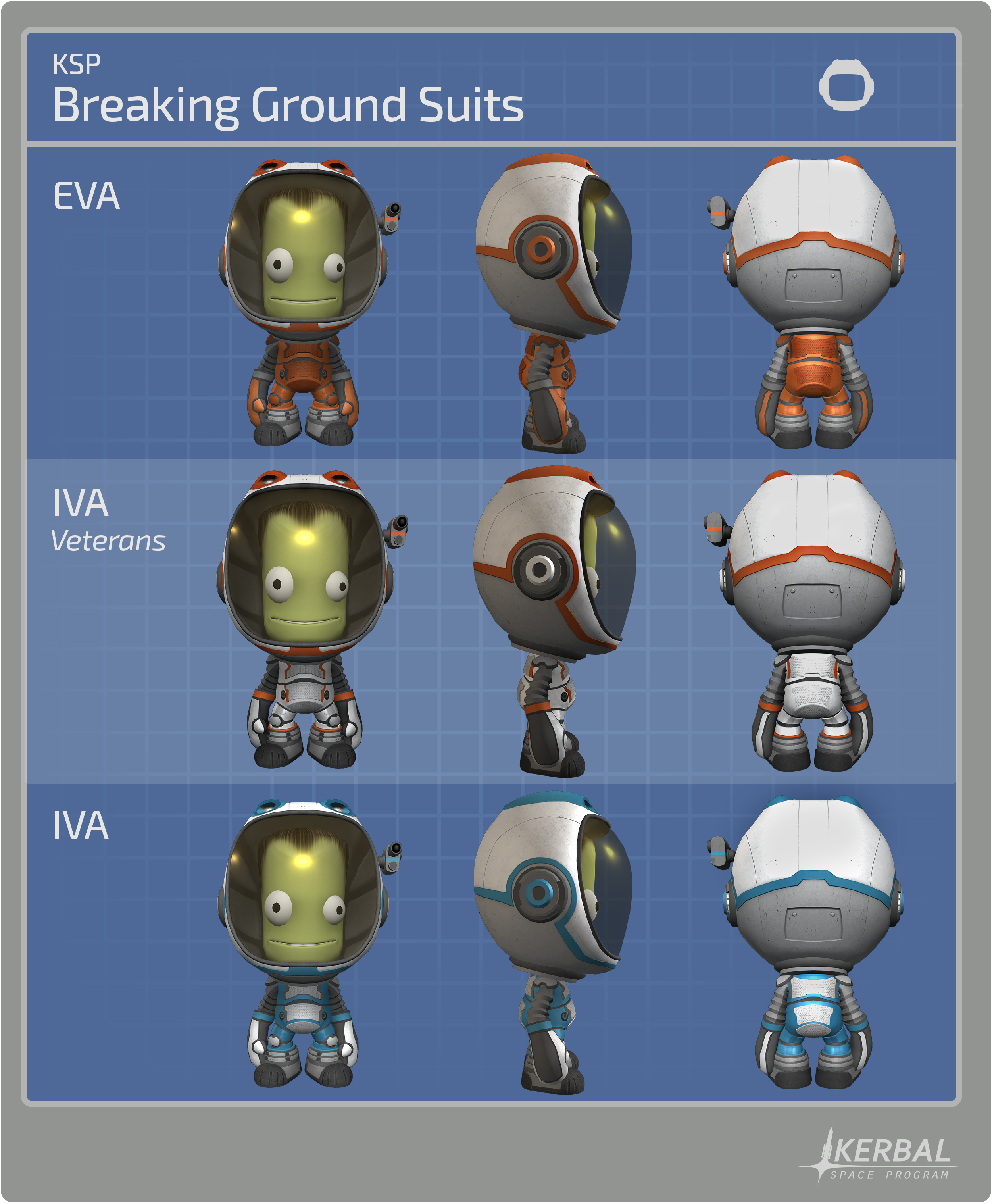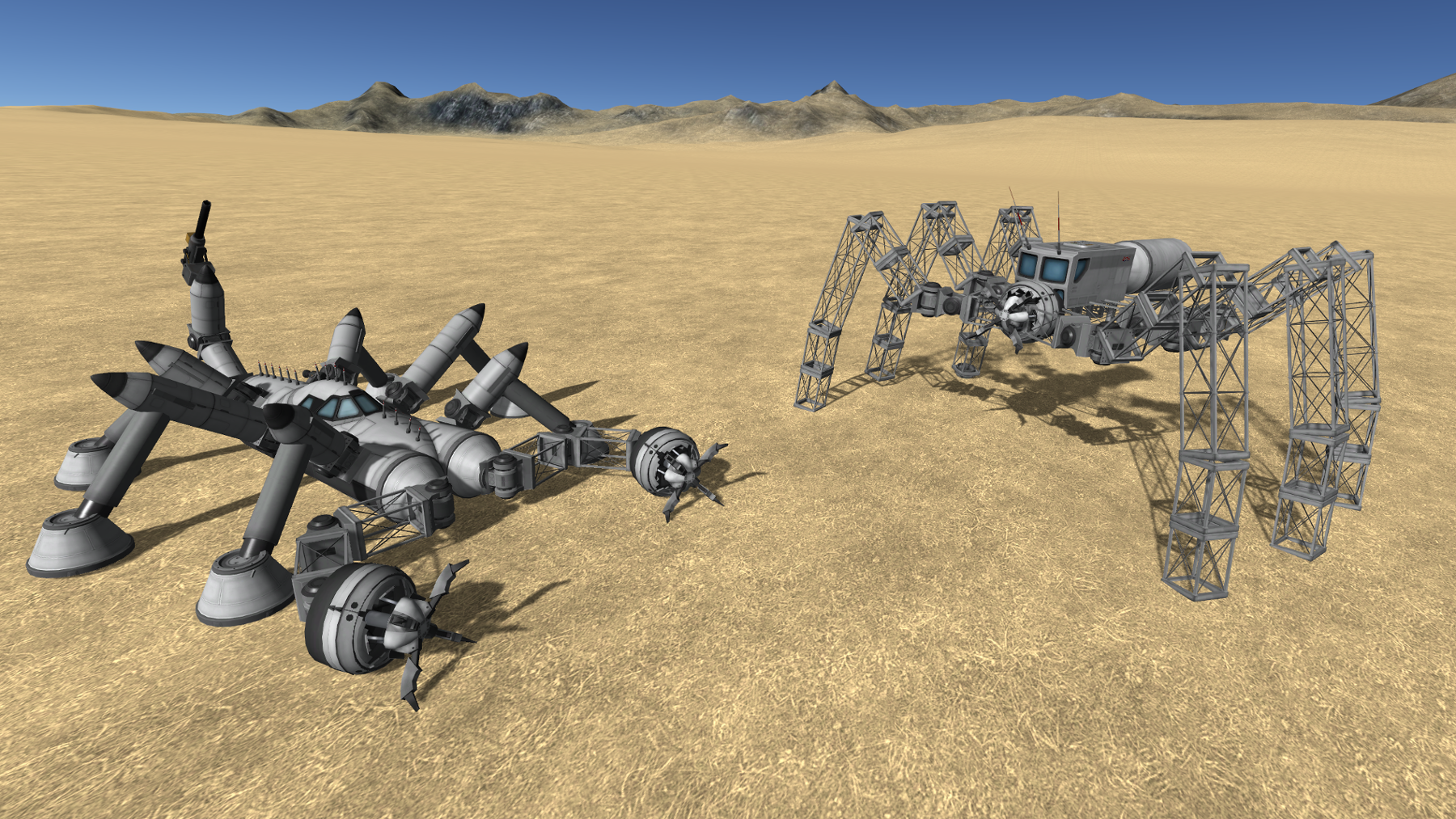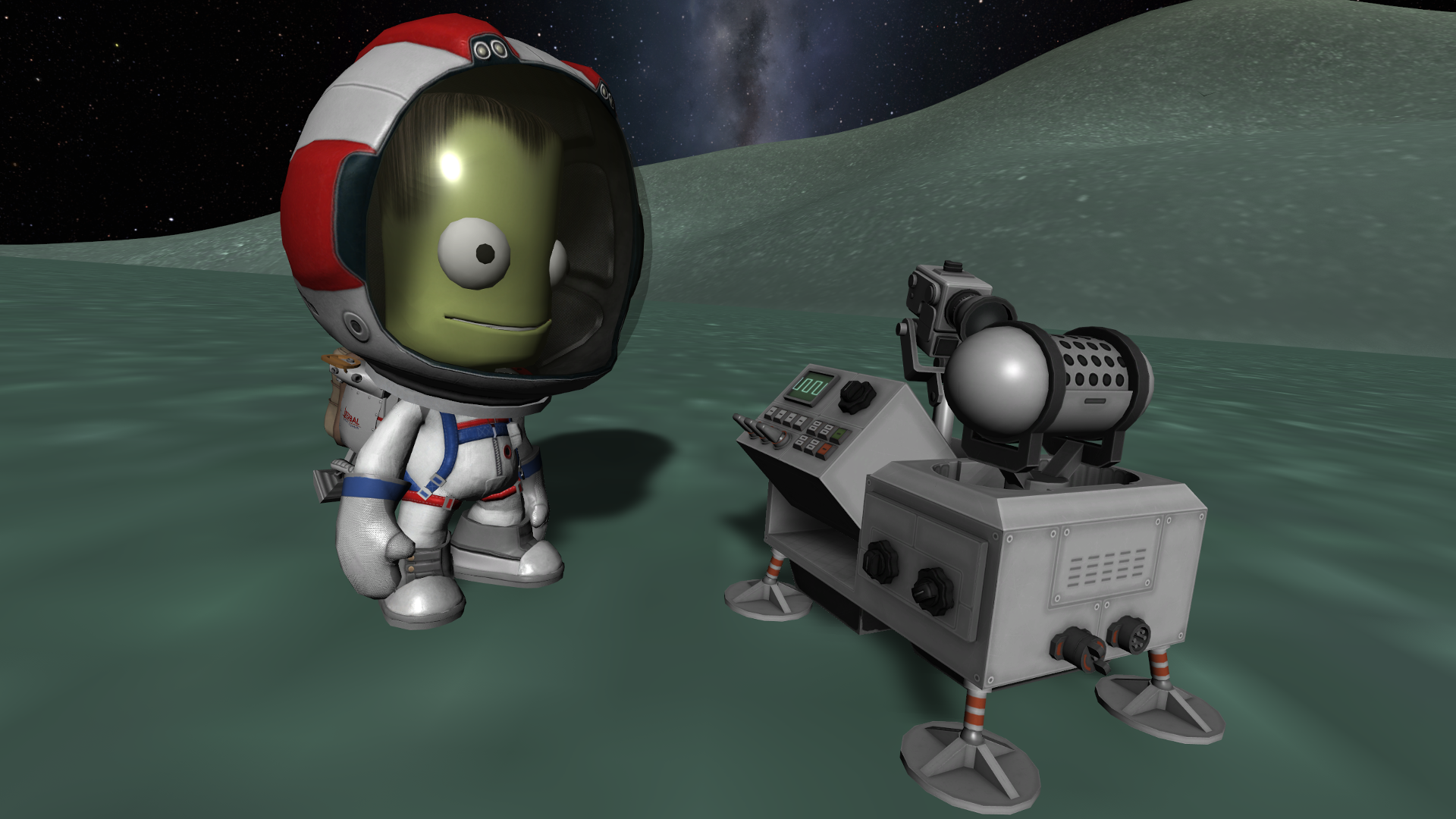Kerbal Space Program, one of the best space games on PC, is thankfully not yet done with its exploration of the cosmos. The team's been tinkering away on the second expansion, Breaking Ground, which will focus on the noble pursuit of scientific knowledge (and sticking robotic components to ships). And you won't need to wait long for launch; it's due out on May 30.
With Breaking Ground, you'll be able to conduct a variety of scientific experiments on planets or the moon, building science bases with stations, power generators and other devices. These bases can collect data from your experiments and then transmit the results back home automatically. If you need a bit of excitement in your quest for knowledge, you can also crash stuff into planets to "gather seismic data" and definitely not just because it's fun.
Among the things available to study are new surface features that can be discovered on planets. Craters, cryovolcanoes and meteors can be analysed, with small samples able to be snatched and sent back to base for further testing. Larger objects can't just be sent across space, however, which means you'll need to use your rover's robotic arms to scan them and drill for samples. These arms come with a variety of handy instruments, and the larger they are, the more functionality they possess.
Your rover's arms aren't the only fancy bit of robotic kit that you'll be able to take advantage of. Robotic hinges, pistons, rotors and rotational servos can be stuck onto spaceships, each of them with simulated physics affected things like force, torque and power consumption. These components and other parts of your ship can also be controlled via the new robotic controller system, which lets you coordinate their behaviour.
Breaking Ground will launch on May 30 for £13/$15, but it will also be accompanied by some free additions to the base game, including an expanded action group system and the ability to bring cargo items with a Kerbal in their inventory. These were features designed for Breaking Ground but which should still benefit all players and modders. Read more about the expansion in our interview with Squad and Private Division here.
Here are some exclusive screens of Breaking Ground to tide you over until then:






